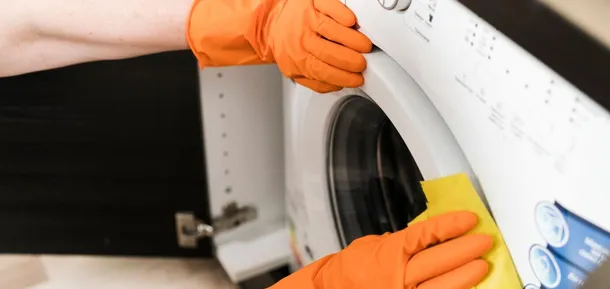News
Mankind made a mistake with the age of the Moon by 40 million years: how the truth was revealed
The Earth's satellite, the Moon, turned out to be about 40 million years older than humanity had previously thought. The discrepancy in age was determined by analyzing lunar soil that was delivered to Earth 50 years ago.
This is stated in a study published in the journal Geochemical Perspectives Letters. The crystals contained in the lunar rocks delivered by the Apollo mission helped to solve the mystery.
The researchers polished samples of lunar rocks delivered to Earth by the Apollo mission in December 1972 and then measured the decay of unstable molecules called isotopes. It turned out that our natural satellite was formed at least 4.46 billion years ago. This means that previous estimates of the Moon's age were off by 40 million years.
"It's amazing to have proof that the rock you're holding in your hands is the oldest fragment of the moon we've found so far," said Jennyka Greer, lead author of the study and a former graduate student at the Field Museum of Natural History in Chicago.
During the study, the researchers used a focused ion beam microscope that looks like "a very fancy pencil sharpener" to prepare the lunar sample for observation. Five of these "nanotips" were made, from which ultraviolet lasers subsequently vaporized atoms. This process allowed the team to find out what they were made of.
The next step was to study the ratios of different isotopes and determine how many atoms transformed over time as they underwent radioactive decay. This method provides a reliable way to know the ancient age of a sample.
This atomic analysis showed how many atoms within the zircon crystals have undergone radioactive decay. When an atom has an unstable configuration of protons and neutrons in its nucleus, it undergoes decay, losing some of these protons and neutrons and transforming into different elements. For example, uranium decays into lead. Scientists have established how long this process takes, and by looking at the ratio of different uranium and lead atoms (called isotopes) present in a sample, they can tell how old it is.
The crystals studied by the scientists are the remnants of a collision between the ancient Earth and a planet or object the size of Mars.
It is this collision that is considered zero time on the clock of the Moon's existence as we know it.
As explained by Philip Heck, senior author of the study and curator of meteorology and polar exploration at the Field Museum, the collision resulted in the formation of an ocean of molten rock on the entire surface of the Moon, in which zircon crystals could not form and "survive." When the magma ocean cooled, zircon crystals began to form. Therefore, they are a good way to estimate the minimum possible age of the Moon.
Earlier, OBOZ.UA reported that the source of earthquakes on the Moon was the abandoned lander of the Apollo 17 mission.
Subscribe to OBOZ.UA channels in Telegram and Viber to keep up with the latest events.



























